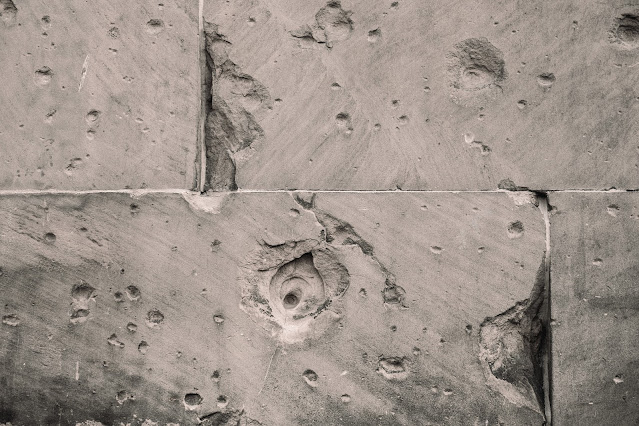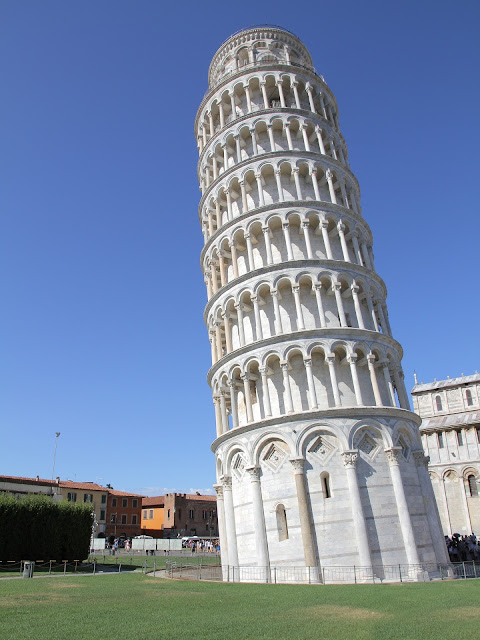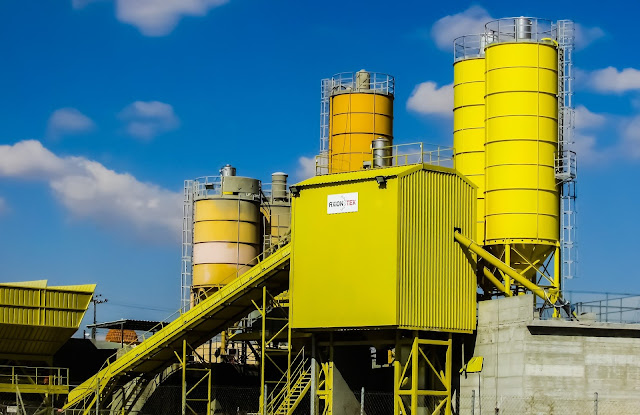Featured
- Get link
- X
- Other Apps
What is Prestressed Concrete?
Hello Everyone!!!!!! Welcome to Archstuff, in the last post I've told you about Interior Designer . And today I am writing a article about Prestressed Concrete.
Talk to any concrete professional and they’ll tell you the first rule of concrete is this: it’s pretty much guaranteed to crack. But not all cracking is considered equal, and there is a way to reinforce concrete to minimize its negative impacts. Today we’re talking about prestressed concrete. Despite its excellent qualities as a structural material, concrete has some weaknesses, too. Concrete can withstand a tremendous amount of compressive stress, but when you try to pull it apart, it gives up easily. Concrete’s other weakness is that it’s brittle. It doesn’t have any “give” or stretch or ductility. Combine these two weaknesses, and you get cracks. And if you’re designing or building something made of concrete, understanding how much and where it’s going to crack can be the difference between the success and failure of your structure.
To understand how engineer’s design reinforced concrete structures, we first have to understand design criteria or the goals of the structure. The obvious goal that we all understand is that it shouldn’t fall down. When a car drives over a bridge and the bridge doesn’t collapse, the structure is achieving its design criterion of ultimate strength. But, in many cases in structural engineering, avoiding collapse actually isn’t the limiting design criteria. The other important goal is to avoid deflection, or movement under load. Most structural members deflect quite a bit before they actually fail, and this can be bad news. The first reason why is perception. People don’t feel safe on a structure that flexes and bends. We want our bridges and buildings to feels turdy and immovable. The other reason is that things attached to the structure like plaster or glass might break if it deflects too much. In the case of reinforced concrete, deflection has another impact: cracks. The reinforcement within concrete is usually made from steel, and steel is much more elastic than concrete. So, in order to mobilize the strength of the steel, first it has to stretch a little. But, unlike steel, concrete is brittle it doesn’t stretch, it cracks. So that often means that concrete has to crack before the rebar can take up any of the tensile stress of the member. Noticed?? how the beam is resisting the load on it, even though it is cracked at the bottom. It’s meeting design criterion number 1 - it’s holding the load (in this case 6 tons) without failing.
But it’s not meeting design criterion number2 (serviceability) it’s deflecting too much and the concrete is cracked. Those cracks not only look bad, but in an actual structure, they could allow water and contaminants into contact with the reinforcement, eventually causing it to corrode, weaken, and even fail. One solution to this problem of deflection in concrete members is pre-stressing, or putting compressive stress into the structural member before it’s put into service. This is normally accomplished by tensioning the reinforcement within the concrete. This gives the member a compressive stress that will balance the tensile stresses imposed in the member once it is put into service. A conventionally reinforced concrete member doesn’t have any compression to start with, so it will deflect too much well before it’s in any danger of not being strong enough to hold the load.
So with conventional reinforcement, you don’t even get to take full advantage of the structural strength of the member. When you prestress the reinforcement within concrete, you don’t necessarily increase its strength, but you do reduce its deflection. This balances out the maximum load allowed under each of the structural design criteria, allowing you to take fuller advantage of the strength of each material. There are two main ways to prestress reinforcement within concrete. The first method is pre-tensioning. And yes that terminology is a little confusing. It’s pre-stressed because the steel is stressed before the member is put into service, but pre-tensioned because the steel is stressed before the concrete cures. To make this work, then to build a little frame to go around concrete beam. This frame will hold the steel in tension while the concrete cures. Installing threaded rods through the mold and frame, and then tensioned these rods by tightening the nuts.
And trying to use the pitch of the ringing to get them at around the same tension, and you can see how much the frame is flexing from the force in the steel rods. The other method for pre-stressing steel is post tensioning. In post tensioning, the steel is stressed after the concrete cures, but still before the member is put into service. In the beam cast in smooth plastic sleeves in the mold. The steel rods can slide easily within the sleeves. Once both molds were prepared, filling the mop with concrete. And finally get a construction grade concrete vibrator as well. This machine helps get all the air bubbles out of fresh concrete before it cures, a process called consolidation. After the concrete’s has had some time to cure, it’s time to test the beams out. On the pre tensioned beam, can unscrew the nuts and take off this frame. Because the concrete hardened around the bolts, the steel rods are still under tension inside the beam. Putting it under the hydraulic press for testing, and the results are easy to see.
In a conventionally reinforced beam where the steel is simply cast into the concrete without any tension, cracks start forming at around 4 tons. In the pre tensioned beam, the cracks didn’t appear until double that force at around 8 tons. The tension already in the steel is able to take up the force of the press without requiring the beam to flex. For the post tensioned beam, inserting the steel reinforcement after the concrete had cured. Then tightening the bolts on the rods to pre stress the steel. Under the hydraulic press, the results are nearly identical. The tension in the steel held beam in compression for much longer than a conventionally reinforced member could. Of course, the cracks eventually appear, but it takes much more force before they do. That’s because, adding force to the beam is not creating tension, but just reducing the compression that’s already been introduced through the tension in the steel rods. It’s important to point out that we didn’t necessarily make these beams stronger. Both the steel and concrete have the same strength as they would without pre stressing the steel. But, we did increase the serviceability of member by reducing the amount of deflection under load.
Of course, none of these examples actually fail because of the reinforcement. Pre stressed concrete is used in all kinds of structures from bridges to buildings to silos and tanks. It’s a great way to minimize cracking and take fuller advantage of the incredible strength of reinforced concrete. Thank you for reading, and let me know what you think! Support this Blog and keep visiting for articles related to Architecture.
- Get link
- X
- Other Apps
Popular Posts
How can we protect Leaning Tower of pisa?
- Get link
- X
- Other Apps
What is the profit margin for ready mix concrete business in India?
- Get link
- X
- Other Apps



Comments
Post a Comment